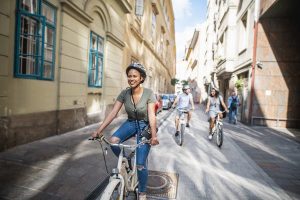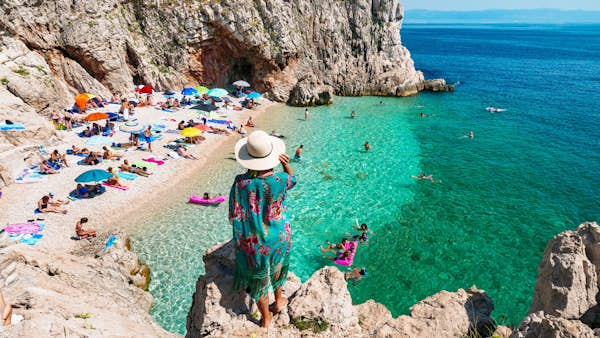
Prices to visit Croatia have been creeping upwards as more travelers discover the delights of this beautiful country.
You’ll find more luxury hotels than ever springing up at a rapid pace, particularly in some of the upmarket resorts along the Adriatic coast and on a few of the islands. At the same time, however, there’s been a surge in private apartments and family-run guesthouses, which are more affordable choices in Croatia if you’re on a budget.
One of the biggest expenses will be your flights to Croatia, which can rise to mind-boggling levels as soon as the summer season approaches. But once you arrive, it’ll be surprisingly easy to travel around without spending too much. Here’s how to get the most out of Croatia when money is tight.
Make your travel budget go a little farther with insider tips from our weekly newsletter delivered to your inbox. 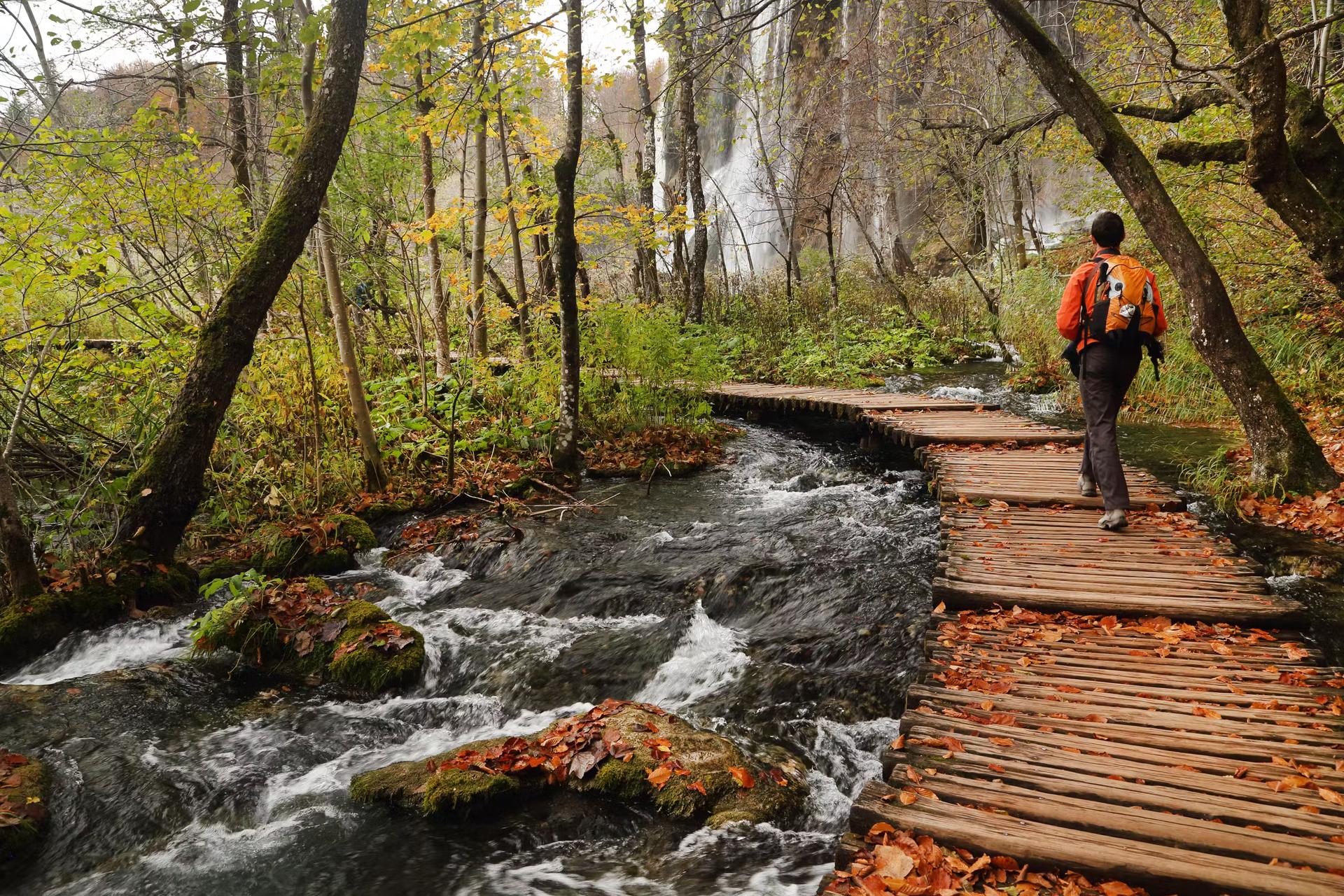 Time your visit just right for the best discounts when going to Croatia’s top national parks © Sorin Rechitan / Getty Images
Time your visit just right for the best discounts when going to Croatia’s top national parks © Sorin Rechitan / Getty Images
1. Look beyond the summer months
High season in Croatia – July and August, and sometimes the second half of June – means high prices. Accommodation will be more expensive, and many attractions raise their prices. Compare entrance fees to Plitvice Lakes National Park from June to September – at around €40 – to those in April, May or October, at €24. Better yet, come in the winter when Plitvice becomes a snowy magical place, and it costs only around €11. Similarly, Krka National Park charges adults €40 for visits between June and September, but only €20 for April, May and October, with the best bargain of all being found January to March, November and December, when it’s just €7 to visit.
2. When booking flights, plan ahead and be flexible
From June onwards, flights to Split start to soar. No wonder, as it’s the gateway to some of Croatia’s most desirable islands, including Hvar, Brač and Vis. As prices rise to meet demand, you might want to try different airports, such as Zagreb, Zadar or Rijeka (which is actually on the island of Krk).
Buses with Arriva from Zagreb to Zadar cost as little as €15, and with Croatia Bus you can pay €24 for a single from Zagreb to Split. There’s also the option to fly into cities in neighboring countries – Ljubljana in Slovenia, Budapest in Hungary or Trieste in Italy – and rent a car.
Want some help? Let Elsewhere plan your next trip
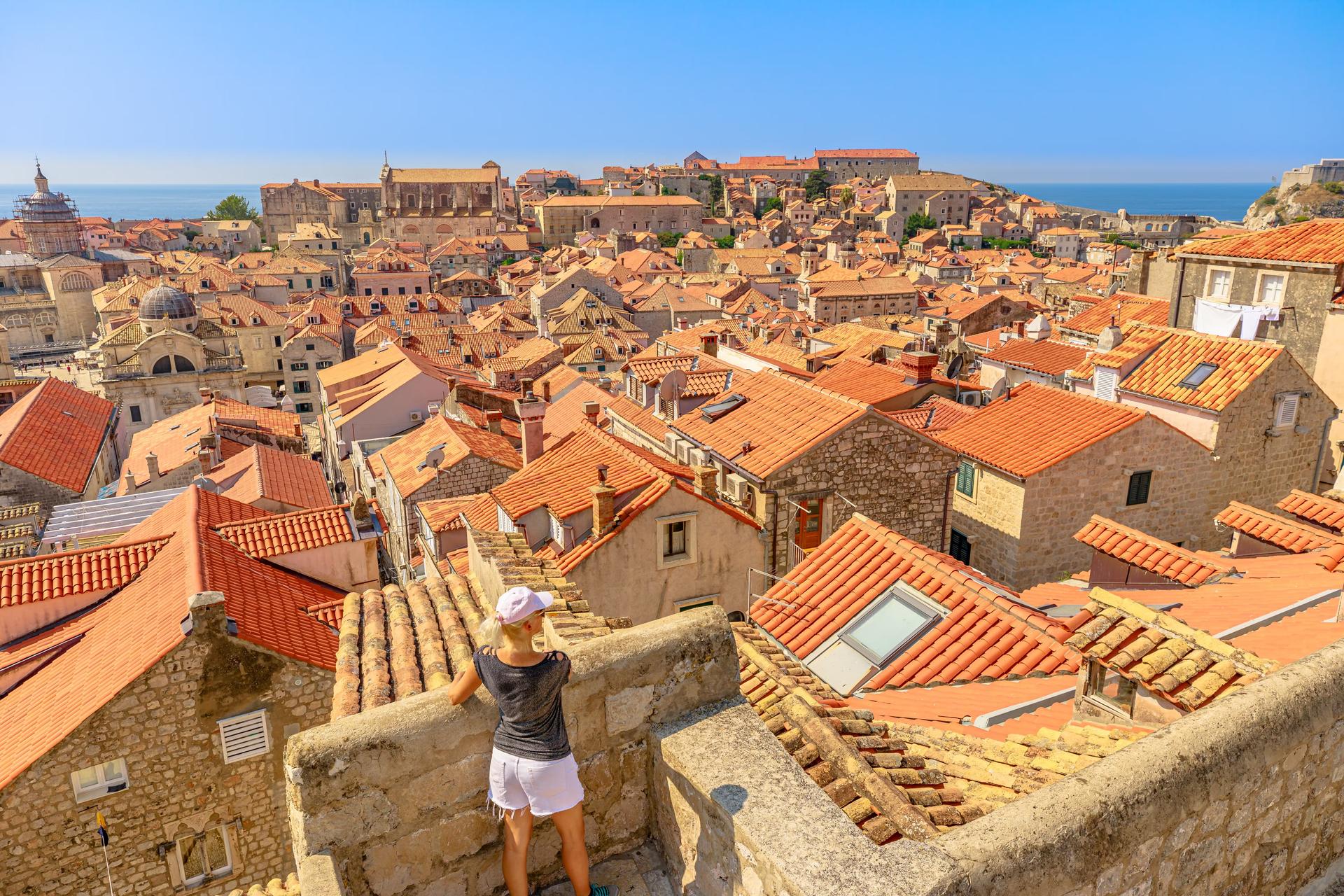 The further you stay from the center, the more budget accommodations you’ll find © Benny Marty / Shutterstock
The further you stay from the center, the more budget accommodations you’ll find © Benny Marty / Shutterstock
3. Save on accommodation by staying a little further out
While it’s tempting to stay in the center of town, it can often come at a premium. You might have to walk 15 or 20 minutes from the center to find cheaper accommodation, but it can be worth the money saved. Dubrovnik is a good example: rather than stay in the Old Town or just outside the city walls, look further out towards Gruž or Babin Kuk, both of which are easily reached by bus from the Old Town.
4. Swap a hotel room for an apartment
In recent years, there’s been a mushrooming of private apartments in Croatia to cater for growing demand. You’ll certainly save on the cost of food if you can do self-catering, and some apartments offer the use of a shared barbecue. Some even offer other useful free services such as bikes you can borrow.
5. Rail fares are reasonably priced
It does have its limitations, but Croatia’s national railway company, HŽPP, is an affordable way to get around parts of the country. The network isn’t particularly extensive though: trains run from Zagreb to Split, but not further south towards Dubrovnik, although the regions around Zagreb and the north are better serviced. Fares are reasonably priced: for example, a return from Zagreb to Split costs around €27.
6. There are many different long-distance bus services
If Croatia’s rail network is limited, the same can’t be said for the buses – particularly along the Adriatic coast. The only problem is trying to find the service you need among all the different companies providing everything from long-distance travel to tourist coaches. Arriva is a good place to start, as it also includes international routes. Check the websites of the main bus stations, including Split and Zagreb, to get timetables and tickets.
7. City buses are very good value
Croatia’s urban buses can be astonishingly cheap, even in the capital Zagreb, where a ticket can cost as little as €0.53. Generally, tickets are a few cents cheaper if you buy them from kiosks rather than the driver, who will take only cash. If you plan multiple journeys in the course of a day, a daily ticket can be – but is not always – cheaper.
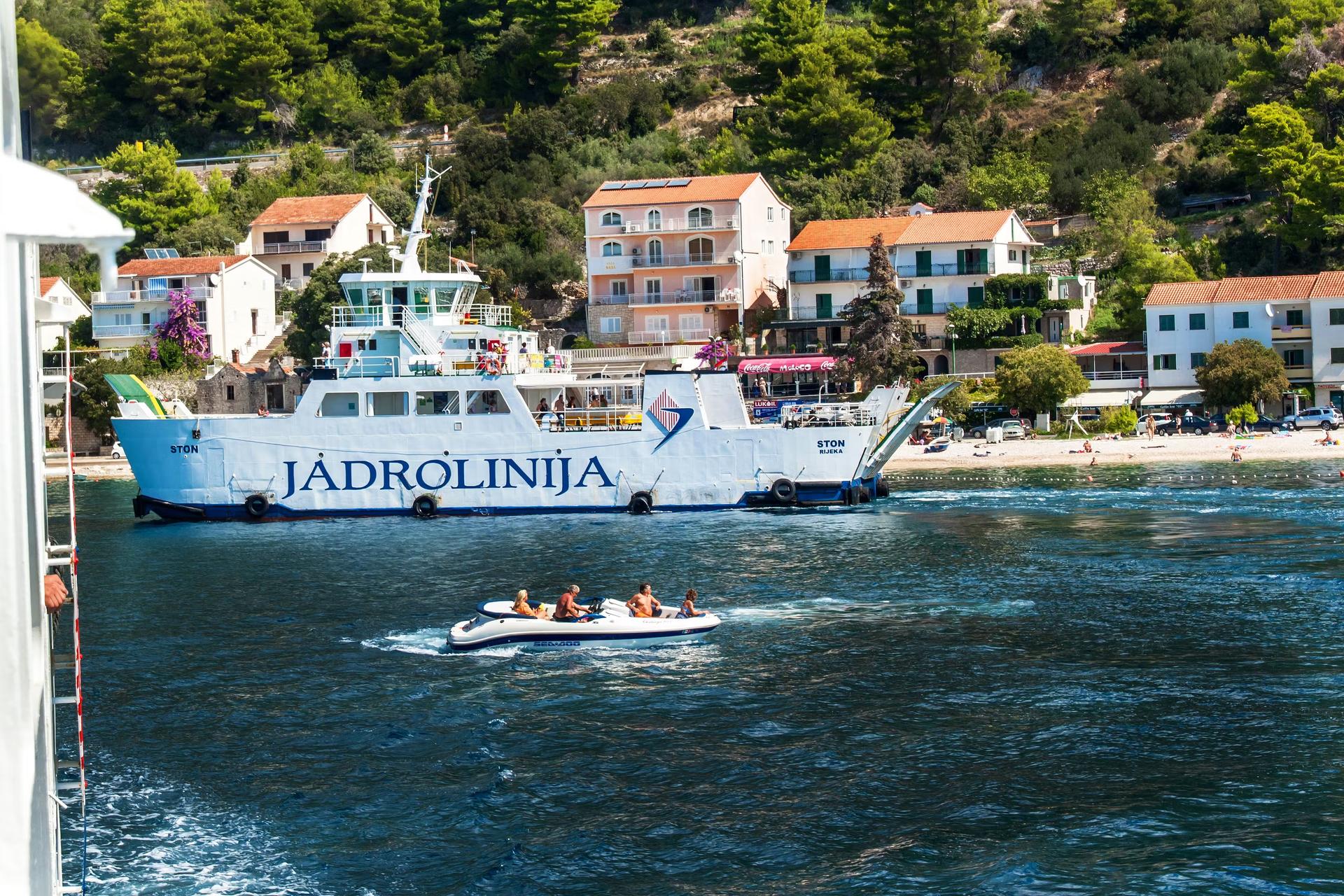 Croatia’s national ferry can take you between the country’s beautiful islands © Marsan / Shutterstock
Croatia’s national ferry can take you between the country’s beautiful islands © Marsan / Shutterstock
8. Passenger tickets on car ferries are slightly cheaper
With a bit of planning, you can travel to Croatia’s inhabited islands easily and affordably, both from the mainland and between islands. The national ferry operator, Jadrolinija, runs car ferries as well as passenger-only catamarans. Catamarans are faster, but sometimes can be marginally more expensive, particularly in July and August. A ferry from Split to Hvar costs around €6, yet a catamaran would be over €7.
9. Look out for unexpected restaurant charges
Croatia’s seafood is superb, and in many places, you pay for that high quality. But if you’re on a budget, you might want to pass on the grilled fish that many restaurants sell by the kilo. You won’t know the exact price until the bill comes, and it can be an unpleasant surprise. There will be other fish and seafood options on the menu that have a set price, so at least you’ll know what you’re paying.
Also bear in mind that many restaurants automatically charge a couvert – rather like a cover charge – per person, and it usually includes a basket of bread. It shouldn’t be more than about €4 a head. You could try to wave away the bread and insist not to be charged for it, but this doesn’t always work.
10. Make a marenda one of your meals
Marenda is like a Dalmatian version of brunch, a hearty meal eaten before noon that harks back to the days when people would have been working since very early morning and needed a filling break. Nowadays, you’ll see marenda menus that are served only at lunch and offer some of the cheapest places to eat in Dubrovnik.
 Burek is a filo pastry that is affordable and hearty © heinstirred / Getty Images
Burek is a filo pastry that is affordable and hearty © heinstirred / Getty Images
11. Snack on burek from local bakeries
Picked up from a bakery (pekarnica), these filo pastries pies are a cheap and delicious way to kick off the day and keep you going till lunch. Burek can be filled with cheese, spinach (sometimes both) or meat, and taste good cold as a picnic snack.
12. Don’t be afraid to ask for tap water
Tap water in Croatia is perfectly drinkable, and you can save money as well as help reduce waste by not ordering bottled water. Ask for a glass of obična voda.
13. Ask about student discounts
If you have an up-to-date International Student Card (ISIC), the savings can be huge. Rather than spend €33 to walk Dubrovnik’s city walls, you’ll be charged only €13.
14. City passes aren’t always good value
While a city pass that offers free entry to certain attractions, free public transportation and discounts in shops and restaurants can look good on paper, sometimes you’ll need to spend your entire trip visiting all of the listed attractions before you save any money. The Zagreb Card is an exception, as after three museum visits, you’ve already saved cash – and that’s before you factor in the free transport.
15. How expensive is Croatia? A guide to daily costs
- Hostel dorm bed: €35
- Basic room for two: €75
- Self-catering apartment for two: €95
- Public transport ticket: city buses can range from €0.53 to €2.90
- Coffee: €1.60
- Sandwich: €4
- Dinner for two: €68 for two courses
- Beer at the bar: €4 for a half-liter of Croatian draft beer
- Breakfast slice of burek: €3.30

